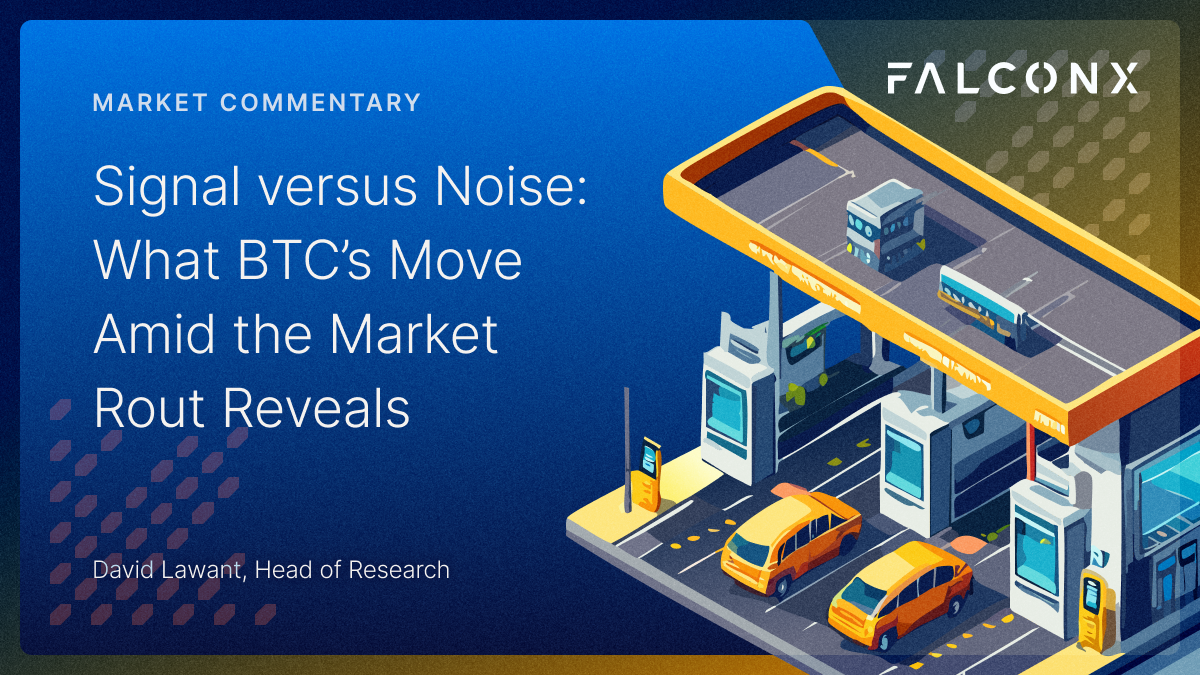Price action in the crypto market was relatively quiet over the past week, including during the monumental events related to the Binance settlement with a number of US government agencies (more on that below).
BTC sold off slightly but remained trading around the $37k level. The seven-day realized volatility of majors BTC and ETH decreased, with BTC’s going back to below 50% on an annualized basis. The total crypto market cap slid 4.12% (or 4.61% excluding stablecoins) and currently stands at $1.33 trillion (or $1.20 trillion excluding stablecoins), still just a tad below the year high.

Binance’s founder and CEO Changpeng Zhao (aka CZ) is stepping down from the exchange and will plead guilty to violating U.S. anti-money-laundering requirements. Former regional director Richard Teng, a former Abu Dhabi regulator appointed to run Binance’s regional markets, is stepping in as CEO. Binance will also pay fines totaling $4.3 billion, among the highest enforcement fees ever paid by a corporation.
This outcome is by no means entirely unexpected by the market. The fact that US government agencies have been investigating Binance on different grounds (examples here, here, and here ) has been around for a while, and perceptions that these matters could be resolved in a settlement started to materialize likely throughout 2023.
Several questions remain. A couple that spring to mind include “Whether Binance will will retain its dominance without CZ?” and “What will happen to the SEC lawsuit?”, which was not part of the settlement.
Binance has been constantly losing trade volume market share throughout 2023. The chart below shows the change in the market share of spot BTC and ETH trade volume across the leading crypto exchanges. Binance’s sharp market share drop, mostly concentrated in March after the exchange ended its zero-fee trading policy for some key trading pairs, has further sunk to the lowest level in the year.

But overall, this seems to be among the most measured results one could expect from this situation. The relatively muted price action reinforces that the market seems to agree with this view, and from a longer-term perspective, an important overhang has been removed from the market.
Other Top Trends We’re Watching
FalconX Trading Desk Color: BTC crossed our desks 1.29x more than ETH, close to the year's average for the first time in six weeks. Crypto hedge funds, prop desks, and retail aggregators came in with a buy/sell ratio close to 1x, while crypto venture funds were better sellers. Hedge funds in particular remain strong buyers for both BTC and ETH (73% and 72% of total flow, respectively). Majors BTC and ETH traded 1.29x more than alts, with SOL remaining the top traded alt asset. Buy/sell ratios in alts continue to vary widely, with flow in recent outperformers such as SOL and MATIC coming mostly from the sell side while seeing most of the other assets being more balanced between the sell and buy sides.

USDT Continues to Gain Ground Versus Its Main Rival USDC: Over the past week, the total supply of leading stablecoin USDT reached $87.7 billion, an all-time high, while the total supply of its main rival shrunk further to $21.9 billion, the lowest level since May 2021. This data point caps a momentous year for stablecoins marked by increased Tether dominance versus USDC and other stablecoins in general.





.png)
